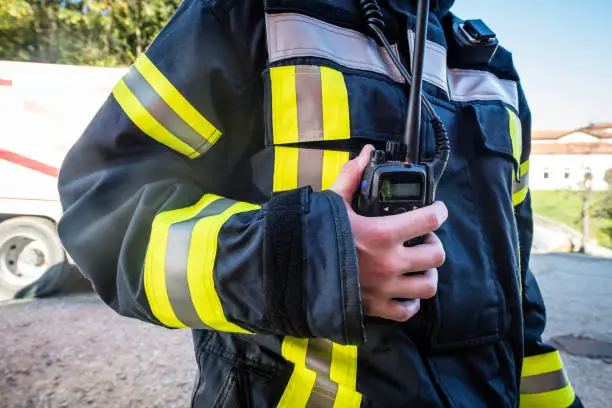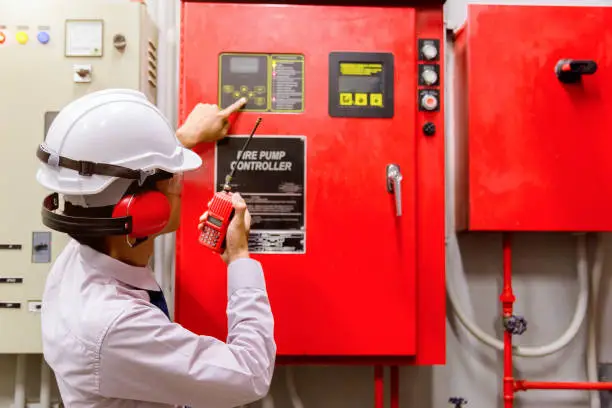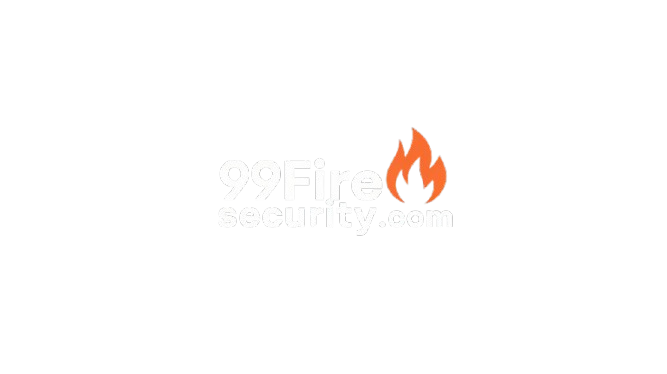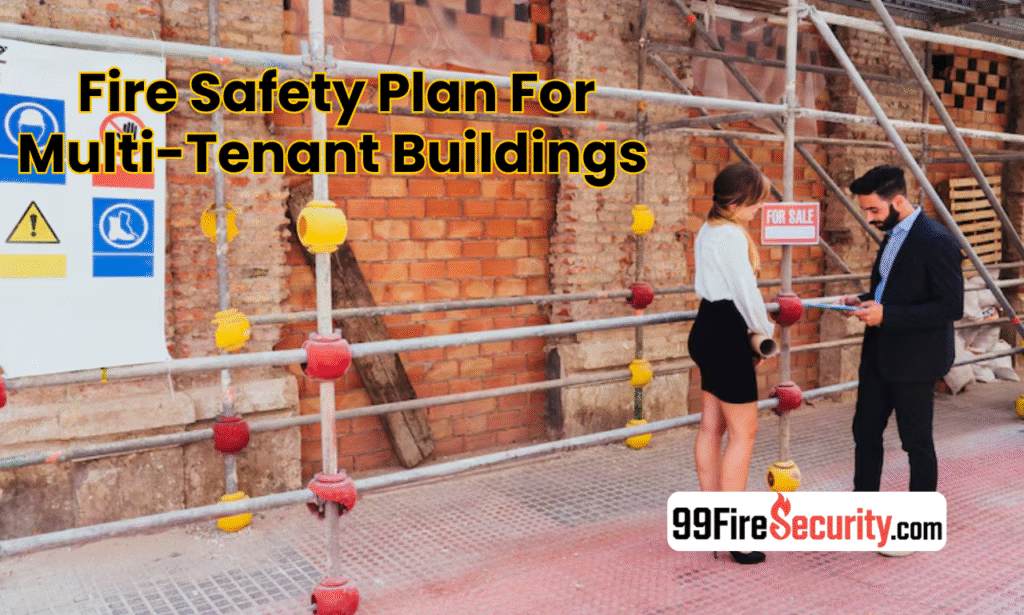Fire planning is mandatory in multi-tenant buildings. Each tenant lives in a separate flat. Each floor layout is different. There is a danger if there is no fire system. The fire safety plan details each area. This system is not just about documentation. This action plan has been made. A fire safety plan checks alarms and tools. Displays exit doors and escape maps. The plan clarifies the role of each tenant.
Time for a fire drill is also in the plan. An emergency contact list is also requested. All are ready to log in anytime there’s a fire, don’t panic. Damage is low. A fire plan can prevent damage. Safety isn’t just about tools. Every tenant must follow the rules. It is the duty of management to have every tool ready. Every tenant should receive a fire guide. When all are mobilized the buildings is secured. The risk of fire is not zero but it can be controlled. This plan works best when the tenant and administrator are together.
Emergency contact details
Details of the contact during the fire are the first to emerge. Local fire team numbers should be easy. One head of each floor should be selected. The list should include the tenant’s name and phone number. It is also important to write the buildings guard number. The address of the nearest hospital should also be written in the guide. All these contacts must be updated. There was no time to call in an emergency. 
You can get help faster if the list already exists. An emergency contact list should be posted at the main entrance of the building. The floor of each flat should also be plastered. If the tenant is not found, the guard should be called. These contacts are most helpful whenever there is a fire. The role of the admin is to maintain this list. The tenant’s role is to maintain inventory. In this step you don’t just need to write numbers. Characters also have to be written. It should be clear who will do what at what time.
-
Importance of fire exit map
There should be a fire exit map on every floor. This map should be simple and clear. Every tenant should know their way out. Everyone gets a quick and safe exit from the map. It helps in emergency situations.
-
Visibility and accessibility of exit routes
Exit doors must always be open. The path must be clear. Night lights should be on every route. This is seen in emergency situations. Exit doors should not be obstructed. All these help the tenants in early eviction.
-
Working of alarm system
The alarm system should always be activated. In case of fire, the alarm should sound. Every flat should have an alarm button. Alarm quickly alerts all tenants. The system should be tested every month.
-
Monthly review and report
The alarm system should be tested monthly. The test shows that everything is going well. It is important to check the sound of the fire bell and alarm button. Maintaining reports is also important. This can solve any future problems.
-
Secure door locks and panic bars
Panic bars should be installed on the exit doors. These will open soon. Locks should always be kept open when building a log house. This system helps everyone get out of the building quickly. A safe and quick exit is paramount.
Fire fighting tools and safety gear
Fire tools should be used without delay. Tools should be installed on each floor. A fire extinguisher pressure test should be conducted. Its expiry should be written. The type of foam or CO2 should be recorded. A blanket or hose reel should also be checked. Splash testing is also important. The emergency light must be activated.
Fire bell and control panel should be secure. The exit sign light should be on. Write the name of everything. The location should be noted. The condition should also be listed. If a tool is at fault its use must be changed. The tenant must know where the tools are. A fire mask should also be available. A backup battery test should also be included. These devices should work without delay. It is important to make a checklist of tools. Checklists tell you what works and what doesn’t.
Training and Fire Drill System
Every tenant must receive proper training as part of the Fire Safety Plan for Multi-Tenant Buildings. Monthly fire drills should be held. Tenants must be shown exit routes and told what to do when the alarm sounds. Separate guides should be provided for children and adults. The use of masks and safety tools should be explained during drills. A report must be written after each drill. No fire safety plan is complete without proper training.
A good Fire Safety Plan for Multi-Tenant Buildings includes scheduled fire drills. Tenants should stay calm and not panic. New tenants must get Fire Safety’s instructions. Staff and guards need proper training. Drill times should be recorded. Feedback should be collected. Absent tenants must join the next drill. Everyone should know their role. Fire training reduces risk and applies to all.
FAQs
Q1. Should every building have a fire safety plan?
Every multi-tenant building must have a fire safety plan. This plan ensures the Fire Safetys of tenants and staff. Without this plan, chaos can ensue in an emergency. All buildings are at risk of fire. There is more risk if not planned. This plan defines the rules and measures.
Q2. Is it necessary to fire drills every month?
Han fire drills should be done once every month. This gives all tenants practice. Everyone understands the log system by drill. If there is a real fire, don’t panic. Every tenant must participate in the exercise. If any one is absent he should be included in the next drill.
Q3. How is an alarm system tested?
The alarm test is simple. First check the sound by pressing the alarm button. Then check the control panel status. If the battery is low the part must be replaced. This alarm alerts everyone during a fire. This test should be done on a monthly basis.
Q4. Why is it important to keep fire tools records?
Records of tools are an important part of safety. Type and Expiry list should be written for each tool name. The location should also be taken care of. If a tool is old or broken it must be replaced. The tools should work without any delay. Checklists make it easy to track everything.
Q5. Who should have access to the emergency contact list?
There should be an emergency contact list at the head of each floor. Each tenant’s flat must be listed. There should be an updated list near the guard. The list should also be prepared in the admin office. This list includes buildings fire team number, hospital number and admin details. This list helps in times of panic.


